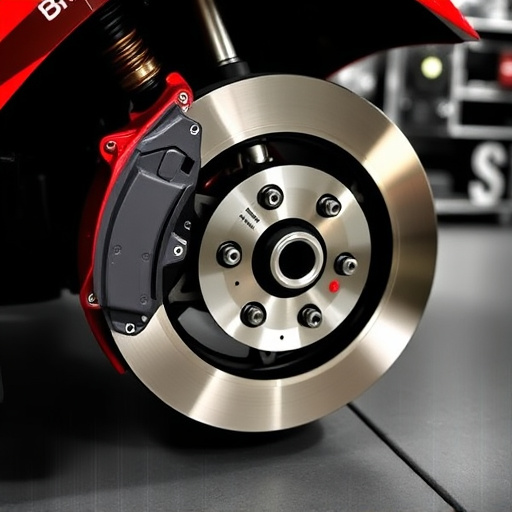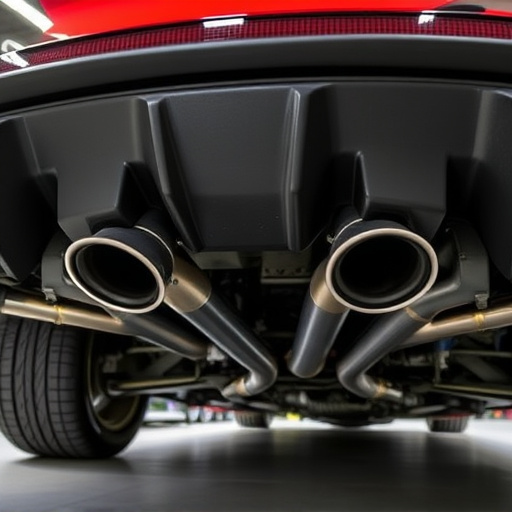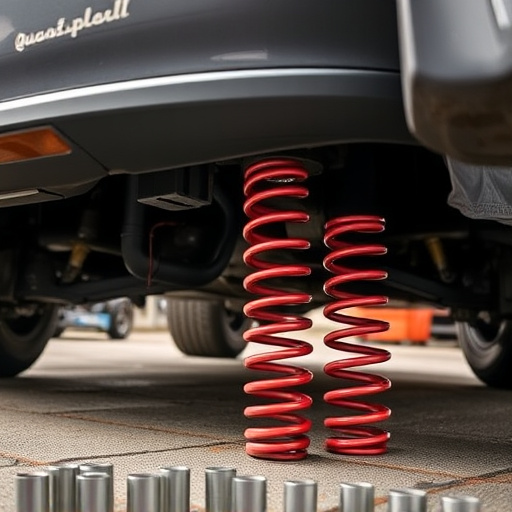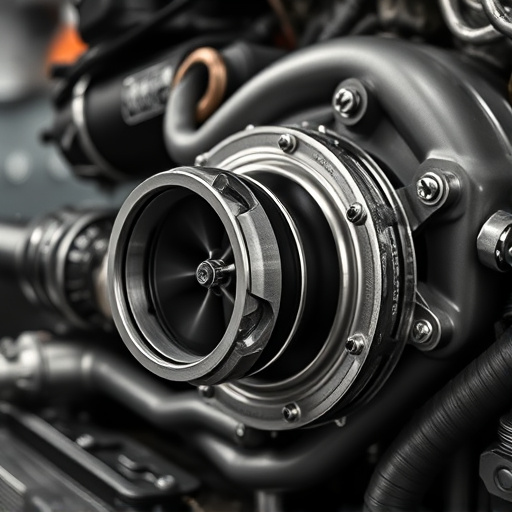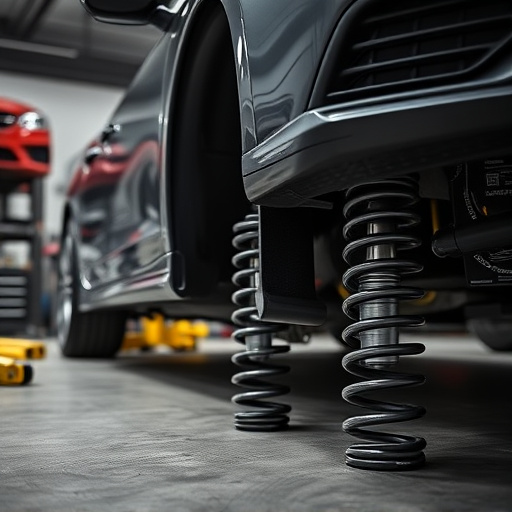Custom exhaust tips enhance car performance and aesthetics, offering improved engine sound, better gas mileage, and increased power. Available in various types for noise reduction or sound enhancement, these tips are made from durable materials like stainless steel or carbon fiber. Installation is generally straightforward for DIY enthusiasts but may require professional help for complex setups. Key steps include identifying installation points, removing existing tips, securing new ones, and testing after lowering the car. Choosing high-quality materials and ensuring precise measurements prevent leaks and misalignment with exhaust mufflers. Customization should align seamlessly with vehicle design for optimal performance and personal style.
Unleash your vehicle’s performance and style with custom exhaust tips! This DIY guide explores the world of personalized tailpipe enhancements, highlighting their numerous benefits and diverse types. From improved sound to enhanced aesthetics, custom exhaust tips offer a unique way to elevate your car’s presence on the road. Learn the simple installation process, covering all you need to know for a successful DIY transformation. Get ready to breathe new life into your ride!
- Understanding Custom Exhaust Tips: Benefits and Types
- The Installation Process: Step-by-Step Guide for DIY Enthusiasts
- Tips for Success: Ensuring a Seamless and Effective Customization Experience
Understanding Custom Exhaust Tips: Benefits and Types
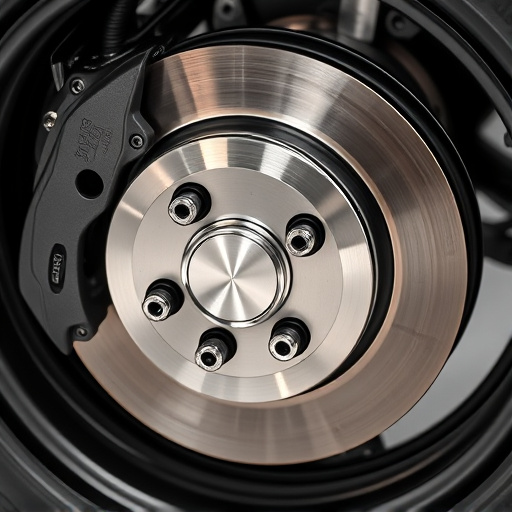
Custom exhaust tips offer a unique way to enhance your vehicle’s performance and style. They serve as an aftermarket upgrade that allows car enthusiasts to personalize their vehicles, making them stand out from the crowd. By installing custom exhaust tips, drivers can experience improved engine sound, better gas mileage, and even increased power output due to the optimized airflow. These tips are designed to fit specific vehicle models, ensuring a precise and seamless integration into your car’s existing exhaust system.
There are various types of custom exhaust tips available on the market, catering to different preferences and performance goals. Some focus on reducing noise levels for a more subdued exhaust note, while others prioritize sound enhancement for an aggressive, sporty roar. Additionally, custom exhaust tips can be made from durable materials like stainless steel or carbon fiber, not only enhancing aesthetics but also providing long-lasting reliability. When considering an upgrade, remember to choose the right tip based on your vehicle’s make and model, as well as your desired performance characteristics. Integrating these tips is often a straightforward process, allowing you to take control of your car’s exhaust system without relying heavily on professional mechanics, especially when it comes to basic installations.
The Installation Process: Step-by-Step Guide for DIY Enthusiasts
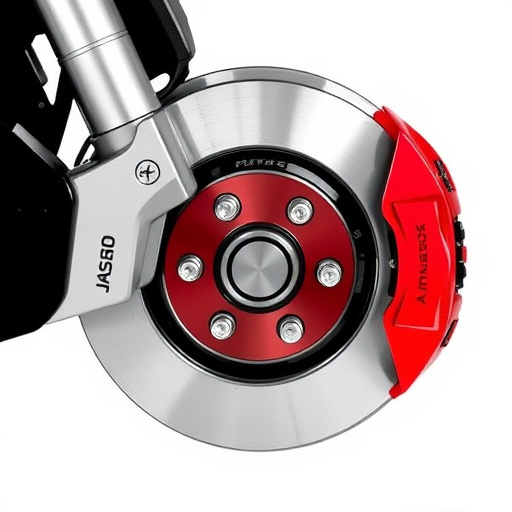
The installation process for custom exhaust tips is often a rewarding DIY project for automotive enthusiasts. It involves several straightforward steps that can be completed with basic tools and a bit of patience. First, locate the exhaust system under your vehicle. This typically involves raising the car and accessing the underside of the chassis. Once exposed, identify the points where you want to install the custom exhaust tips—usually at the tailpipe or near the muffler.
Next, carefully remove any existing exhaust tips or components using a socket wrench or pliers, depending on your vehicle’s design. Ensure that all bolts and hangers are securely fastened before proceeding. After preparing the exhaust system, attach the new custom exhaust tips by aligning the mounting holes and securing them with appropriate hardware. This might include replacing performance brakes or brake components for optimal safety and efficiency. Finally, test the installation by lowering your vehicle and checking for any leaks or loose connections. With a little practice, installing custom exhaust tips can be an enjoyable way to enhance your car’s performance and personalize its look, all while saving costs on professional services.
Tips for Success: Ensuring a Seamless and Effective Customization Experience
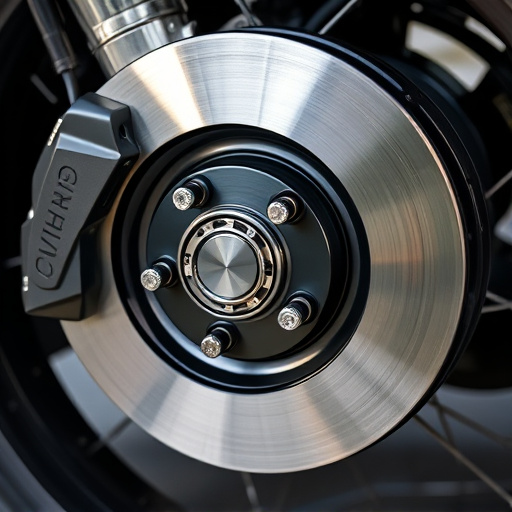
When customizing your exhaust tips yourself, a successful outcome hinges on several key factors. First and foremost, invest time in understanding your vehicle’s structure and existing suspension components. This knowledge ensures compatibility and allows for precise modifications. Secondly, consider the type of materials used; high-quality stainless steel or carbon fiber can enhance both performance and aesthetics, whereas cheaper alternatives might compromise durability.
Additionally, ensuring proper fitting is crucial. Measurements are critical to avoid leaks or misalignment with your exhaust mufflers. Customization should seamlessly integrate with your vehicle’s design, so take your time to plan the aesthetic changes. With careful consideration of these aspects, you’ll be well on your way to achieving a set of custom exhaust tips that not only boost performance but also reflect your unique style.
Custom exhaust tips offer a unique way to enhance your vehicle’s performance and style. By understanding the benefits and various types available, you can make an informed decision. The installation process, detailed in our step-by-step guide, is designed for DIY enthusiasts, allowing you to take control of customizing your ride. With the right tools and our tips for success, you’ll be able to install custom exhaust tips seamlessly, ensuring a powerful and efficient vehicle while adding a personal touch to your automotive experience.








